Home>Garden Essentials>Why Should You Get Synthetic Grass
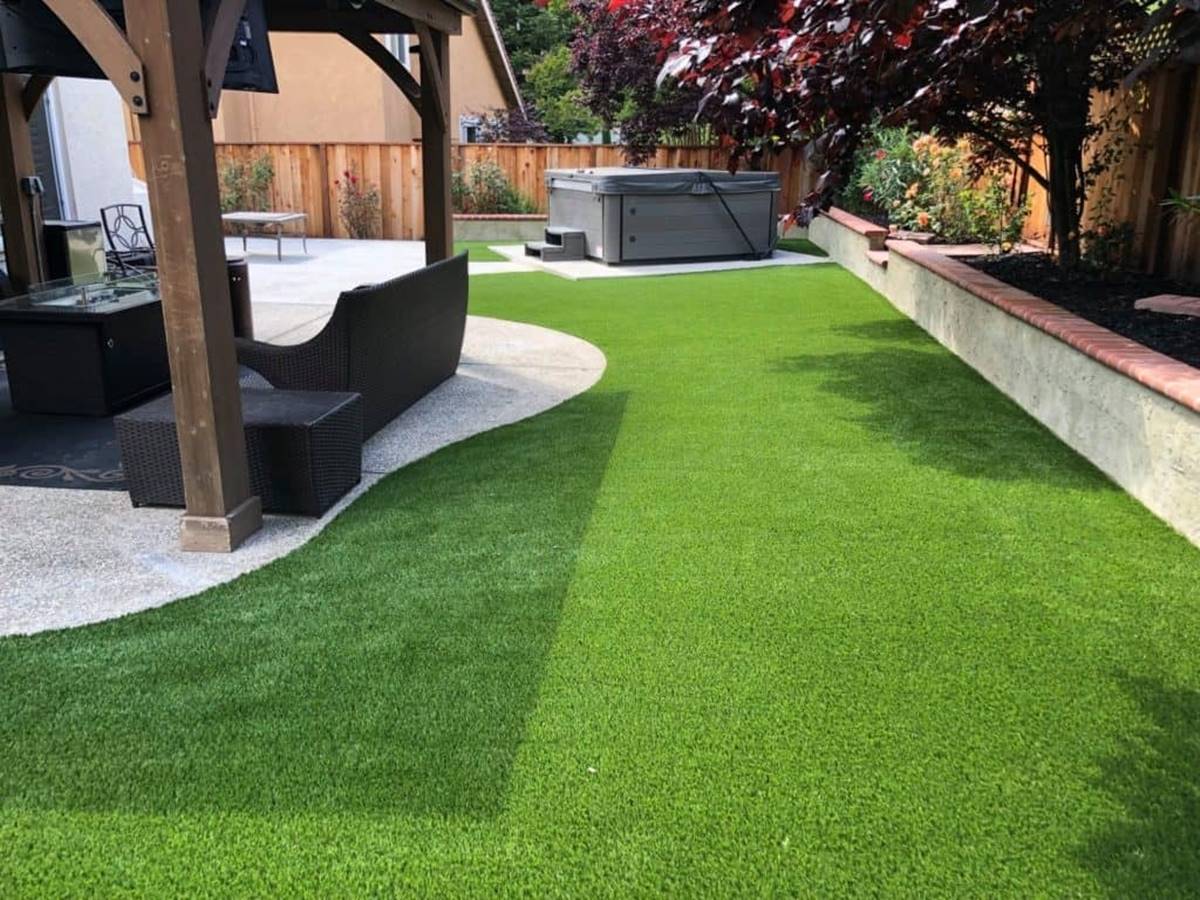

Garden Essentials
Why Should You Get Synthetic Grass
Modified: November 1, 2024
Discover the benefits of synthetic grass for your garden and transform your outdoor space with low-maintenance, lush greenery that stays vibrant all year round.
(Many of the links in this article redirect to a specific reviewed product. Your purchase of these products through affiliate links helps to generate commission for Storables.com, at no extra cost. Learn more)
Introduction
Welcome to the world of synthetic grass! If you’re tired of spending countless hours maintaining your lawn or dealing with the constant need for watering, synthetic grass might be the perfect solution for you. Synthetic grass, also known as artificial grass or turf, is a popular alternative to natural grass that offers a range of benefits and advantages. In this article, we will explore the various reasons why you should consider getting synthetic grass for your garden.
With advancements in technology and manufacturing processes, synthetic grass has come a long way from its early days. Today, it closely resembles the look and feel of natural grass, providing a lush and vibrant green space all year round. Whether you have a small backyard or a large open area, synthetic grass can transform any space into a beautiful and low-maintenance oasis.
So, why should you choose synthetic grass over natural grass? Let’s dive into the benefits and find out!
Key Takeaways:
- Say goodbye to endless lawn maintenance with synthetic grass! It’s low maintenance, saves water, and stays lush all year, making your garden beautiful and hassle-free.
- Synthetic grass is safe for kids and pets, environmentally friendly, and cost-effective in the long run. It’s versatile, durable, and usable in all weather conditions, creating a stunning and practical outdoor space.
Read more: Why Is My Synthetic Grass Drying Out?
Benefits of Synthetic Grass
Synthetic grass offers a wide array of benefits that make it an attractive choice for homeowners, businesses, and public spaces. Here are some of the key advantages of opting for synthetic grass:
- Low Maintenance: One of the biggest advantages of synthetic grass is its low maintenance nature. Unlike natural grass that requires regular mowing, watering, and fertilizing, synthetic grass only needs occasional brushing and rinsing to keep it looking its best. Say goodbye to spending hours every week mowing the lawn and hello to more free time to enjoy your garden.
- Saves Water: In today’s environmentally conscious world, conserving water is crucial. With synthetic grass, you can significantly reduce your water consumption as it doesn’t require regular watering like natural grass. This is especially beneficial in areas facing water shortages or where water bills are high.
- Enhanced Durability: Synthetic grass is designed to withstand heavy foot traffic, making it highly durable and long-lasting. It can handle constant use without developing patches or bald spots, making it an ideal choice for areas with high activity such as playgrounds or sports fields.
- Aesthetically Pleasing: Synthetic grass provides a consistently smooth and perfectly manicured appearance, adding beauty and charm to any outdoor space. With its vibrant green color and even texture, your lawn will look immaculate year-round, regardless of weather conditions.
- Safe for Kids and Pets: Unlike natural grass that may require chemical treatments such as pesticides and fertilizers, synthetic grass is chemical-free, making it safe for children and pets to play on. Additionally, it is free from allergens, reducing the risk of allergies or reactions.
- Environmentally Friendly: By choosing synthetic grass, you are contributing to a greener environment. As mentioned earlier, it requires less water, reducing the strain on water resources. It also eliminates the need for harmful chemicals, helping to maintain a healthier ecosystem in your garden.
- Cost-effective in the Long Run: While the initial cost of installing synthetic grass may be higher than that of natural grass, it pays for itself in the long run. You’ll save money on water bills, lawn maintenance equipment, and the costs associated with regular lawn care. Additionally, synthetic grass is resistant to pests and diseases, reducing the need for costly treatments and maintenance.
- Versatile Applications: Synthetic grass is not limited to residential lawns. It can be used in various applications, such as landscaping, rooftop gardens, sports fields, golf courses, and commercial spaces. Its versatility allows you to create unique and visually appealing outdoor areas in any setting.
- All-Weather Usage: Unlike natural grass that can become muddy and unusable in wet or rainy weather, synthetic grass maintains its integrity and usability regardless of the weather conditions. You can enjoy your outdoor space without worrying about muddy footprints or slippery surfaces.
As you can see, the benefits of synthetic grass are numerous, making it a practical and attractive choice for anyone looking to enhance their outdoor space. Whether it’s the low maintenance requirements, water savings, durability, or aesthetic appeal, synthetic grass offers a range of advantages that can transform your garden into a beautiful and functional area. So why wait? Consider making the switch to synthetic grass and experience the endless benefits it has to offer.
Low Maintenance
One of the primary reasons homeowners and businesses choose synthetic grass over natural grass is its low maintenance nature. Traditional lawns require regular and time-consuming upkeep, including mowing, watering, fertilizing, and weeding. With synthetic grass, you can say goodbye to these tedious tasks and hello to a hassle-free lawn.
No more spending hours each week pushing a heavy lawnmower or investing in expensive lawn care equipment. Synthetic grass eliminates the need for mowing altogether. Its blades are specifically designed to maintain an even height, so you won’t have to worry about constantly trimming it. Plus, synthetic grass doesn’t grow, so you won’t have to deal with unsightly overgrown patches or uneven areas.
Another advantage of low maintenance is the absence of watering. Natural grass requires a consistent water supply to remain lush and green. This not only increases your water bill but also adds to the strain on precious water resources, especially in areas with water scarcity. Synthetic grass, on the other hand, does not require regular watering. It retains its vibrant green color all year round, regardless of weather conditions or water shortages.
In addition to eliminating mowing and watering, synthetic grass requires minimal fertilizing and weeding. Natural lawns often need fertilizers to promote healthy growth and occasional weed control to prevent unwanted plants from taking over. With synthetic grass, these tasks are virtually eliminated. The composite material used in synthetic grass doesn’t require fertilizer to thrive, and the tightly woven fibers prevent weed growth. This saves you both time and money spent on purchasing and applying fertilizers and herbicides.
Furthermore, synthetic grass is designed to withstand heavy use without showing signs of wear and tear. Unlike natural grass that can become patchy or develop bare spots over time, synthetic grass maintains its lush and consistent appearance. It is highly durable, making it perfect for high-traffic areas such as playgrounds, sports fields, or commercial properties.
Overall, the low maintenance requirements of synthetic grass make it a convenient and time-saving choice. It frees up your weekends and allows you to enjoy your outdoor space without the constant need for upkeep. Say goodbye to the never-ending lawn maintenance cycle and say hello to a lush, green, and stress-free lawn.
Saves Water
Water conservation is a growing concern in today’s world, and choosing synthetic grass for your garden can contribute to this important cause. Natural grass requires a substantial amount of water to stay healthy and green, especially in dry or arid regions. This constant need for watering not only puts a strain on water resources but can also lead to high water bills for homeowners.
One of the most significant advantages of synthetic grass is its ability to save water. Once installed, synthetic grass does not require regular watering to maintain its lush appearance. Unlike natural grass, which needs to be watered frequently, sometimes on a daily basis, synthetic grass only needs occasional rinsing to remove dust or debris. This significant reduction in water consumption can make a noticeable difference in your water bills and contribute to water conservation efforts in your community.
Moreover, synthetic grass is designed with a built-in drainage system that allows water to pass through easily. This means that even when it rains, the water will not accumulate on the surface of the grass, preventing issues such as mud or puddles. Traditional lawns, on the other hand, can quickly become waterlogged, requiring additional drainage systems to prevent soggy and unusable areas.
By choosing synthetic grass, you are taking a proactive step towards conserving water resources. This not only benefits your immediate surroundings but also has a broader impact on the environment by reducing water usage. Additionally, as water scarcity becomes of increasing concern in many regions, using synthetic grass can help alleviate the pressure on water supplies, ensuring a more sustainable future.
Another advantage of water savings with synthetic grass is the potential for local water rebates or incentives. Some regions offer financial incentives to homeowners and businesses who install water-conserving landscaping, which includes synthetic grass. These rebates can help offset the initial investment of synthetic grass installation, making it a cost-effective and environmentally-friendly choice.
In summary, synthetic grass plays a significant role in water conservation efforts. By reducing or completely eliminating the need for regular watering, synthetic grass helps conserve water resources, lower water bills, and contribute to a more sustainable environment. Choosing synthetic grass is a smart and conscientious decision that benefits not only your immediate surroundings but also the planet at large.
Enhanced Durability
When it comes to durability, synthetic grass outshines natural grass in many ways. Traditional lawns often require constant care and maintenance to keep them looking lush and healthy, especially in high-traffic areas. However, synthetic grass is specifically designed to withstand heavy use and maintain its vibrant appearance even in the most challenging conditions.
The construction of synthetic grass is composed of durable materials that are designed to withstand daily wear and tear. The blades are made from synthetic fibers that are highly resilient and can withstand constant foot traffic, making it an ideal choice for areas such as playgrounds, sports fields, and even commercial spaces.
In addition to foot traffic, synthetic grass can also handle the weight of furniture, outdoor equipment, and other heavy objects, without showing any signs of damage. This means you can set up outdoor furniture, play equipment, or host gatherings without worrying about damaging your lawn. Natural grass, on the other hand, may become flattened or develop bald spots when subjected to excessive weight or pressure.
Moreover, synthetic grass is highly resistant to weather conditions that can cause natural grass to deteriorate. It can withstand extreme heat, freezing temperatures, and even heavy rainfall without losing its integrity. This means that you can enjoy a green and vibrant lawn year-round, regardless of the weather patterns in your area.
Another advantage of the enhanced durability of synthetic grass is its ability to resist pests and diseases. Natural grass can become susceptible to various pests, such as insects or rodents, which can cause damage to the lawn. Additionally, certain diseases and fungi can affect the health and appearance of natural grass, requiring additional treatments or measures to control and prevent them.
Synthetic grass, being composed of synthetic materials, is impervious to pests and insect infestations. It also does not provide the ideal environment for the growth of diseases or fungi. This means you can enjoy a beautiful and healthy-looking lawn without the need for pesticides or other chemical treatments.
Overall, the enhanced durability of synthetic grass ensures that your lawn will maintain its lush green appearance no matter how much it is used or what weather conditions it faces. Its resilience to wear and tear, ability to withstand heavy objects, and resistance to pests and diseases make it a reliable and long-lasting option for any outdoor space.
Read more: How Do You Install Synthetic Grass
Aesthetically Pleasing
Synthetic grass offers a consistently beautiful and visually appealing lawn that adds charm and elegance to any outdoor space. Whether you have a small backyard or a vast expanse of land, synthetic grass can transform your garden into a stunning oasis that enhances the overall aesthetic of your property.
One of the key advantages of synthetic grass is its ability to maintain a vibrant, lush green color year-round. Unlike natural grass that can turn brown or become patchy during certain seasons or weather conditions, synthetic grass remains consistently green and vibrant, regardless of the climate or time of year. This means you can enjoy a visually appealing lawn all year round, enhancing the curb appeal of your property and creating a welcoming atmosphere.
Moreover, the texture and appearance of synthetic grass closely resemble that of natural grass. With advancements in manufacturing and technological innovation, synthetic grass has become incredibly realistic and difficult to distinguish from the real thing. The blades are designed to mimic the texture, shape, and color variations found in natural grass, providing a truly lifelike and natural-looking lawn.
Another aesthetic advantage of synthetic grass is its ability to create a perfectly manicured and even surface. Unlike natural grass, which can develop uneven patches or bare spots, synthetic grass creates a consistently smooth and pristine appearance. This is particularly beneficial for areas with heavy foot traffic or activities such as outdoor events or sports, where a level surface is essential.
Additionally, synthetic grass provides a clean and consistent look without the need for pesticides, fertilizers, or weed control. It eliminates the requirement for chemical treatments that can sometimes discolor or damage natural grass. With synthetic grass, you can have a beautiful, pest-free lawn that is safe for children and pets to enjoy.
Furthermore, synthetic grass can be customized to fit any area or design preference. It can be installed in various patterns or shapes to create unique and visually appealing landscapes. Whether you want a contemporary design with clean lines or a more natural look with curves and contours, synthetic grass offers the flexibility to match your desired aesthetic.
Overall, the aesthetic appeal of synthetic grass cannot be overstated. With its consistent green color, lifelike appearance, smooth surface, and customizable design options, synthetic grass can transform your outdoor space into a visually stunning and inviting area that you can enjoy year-round.
Tip: Synthetic grass requires minimal maintenance, saving you time and money in the long run. It also stays green and lush all year round, regardless of weather conditions.
Safe for Kids and Pets
When it comes to creating a safe outdoor environment for your family and pets, synthetic grass is an excellent choice. Unlike natural grass, which may require the use of chemical treatments such as pesticides and fertilizers, synthetic grass provides a safe and non-toxic playing surface that you can feel confident about.
One of the primary advantages of synthetic grass is its chemical-free nature. There’s no need for pesticides or herbicides to maintain the health and appearance of synthetic grass. This means you can allow your children and pets to freely play on the lawn without worrying about exposing them to harmful chemicals. Whether it’s a game of tag, a picnic, or just rolling around, synthetic grass provides a safe and worry-free space for your loved ones to enjoy.
In addition to being chemical-free, synthetic grass is also allergen-free. Natural grass can harbor various allergens such as pollen, dust mites, and mold spores, which can trigger allergies or respiratory issues in sensitive individuals. Synthetic grass’s tightly woven fibers create a barrier that prevents the accumulation and release of allergens, providing a healthier outdoor environment for everyone.
Furthermore, synthetic grass is designed to be non-abrasive and soft, providing a comfortable surface for children and pets to walk, play, and roll around on. The fibers are carefully crafted to mimic the softness of natural grass while also offering durability and resilience. This helps prevent injuries and reduces the risk of scrapes and cuts, ensuring a safer play area for your little ones.
Another safety advantage of synthetic grass is its ability to prevent mud and puddles. Natural grass often becomes muddy and slippery after rain or watering, increasing the risk of slips and falls, especially for children and pets. Synthetic grass’s efficient drainage system allows water to flow through easily, preventing the formation of puddles and mud. This means your children and pets can play outside even after rain without the worry of tracking mud into the house or slipping and getting injured.
Moreover, synthetic grass is resistant to pests such as fleas and ticks. Natural grass can attract these insects, putting your pets at risk of bites or infestation. Synthetic grass eliminates this concern, providing a pest-free outdoor space for your beloved furry friends.
Overall, synthetic grass offers a safe and comfortable playing surface for kids and pets. Its chemical-free nature, allergen resistance, non-abrasiveness, mud prevention, and pest resistance all contribute to a worry-free outdoor environment that you and your loved ones can enjoy with peace of mind.
Environmentally Friendly
Synthetic grass is not only visually appealing and low maintenance but also environmentally friendly. With growing concerns about sustainability and the need to reduce our carbon footprint, choosing synthetic grass for your garden can play a significant role in creating a greener and more eco-friendly outdoor space.
One of the most notable environmental benefits of synthetic grass is water conservation. As mentioned earlier, synthetic grass does not require regular watering like natural grass. This means you can significantly reduce your water consumption, conserving this valuable resource and contributing to water sustainability efforts in your community. By choosing synthetic grass, you are helping to alleviate the strain on water supplies, particularly in areas facing water scarcity or experiencing drought conditions.
In addition to water savings, synthetic grass eliminates the need for chemical treatments such as pesticides and fertilizers. Natural grass often requires these chemicals to maintain its health and appearance, which can harm the environment through runoff and contamination of water sources. Synthetic grass, on the other hand, does not require pesticides or fertilizers to thrive. This not only reduces the potential for harm to the ecosystem but also creates a healthier environment for children, pets, and wildlife.
Furthermore, synthetic grass provides a natural-looking and sustainable alternative to traditional lawns that require constant mowing and maintenance. The excessive use of lawnmowers contributes to air and noise pollution. Synthetic grass eliminates the need for these machines, reducing carbon emissions and noise levels. This is particularly beneficial for urban areas where noise pollution can be a concern.
Synthetic grass also reduces waste by eliminating the need for grass clippings and other organic waste from lawn maintenance. Traditional lawns produce a significant amount of green waste, which requires disposal and often ends up in landfills. By choosing synthetic grass, you contribute to waste reduction efforts and minimize your impact on landfills.
Additionally, synthetic grass is often made with recycled materials, such as recycled plastics. These materials are repurposed, preventing them from ending up in landfills. By using recycled materials in the production of synthetic grass, you are supporting the circular economy and reducing the demand for new resources. This promotes a more sustainable and responsible approach to landscaping.
Overall, synthetic grass offers numerous environmental benefits, including water conservation, reduction of chemical usage, reduction of air and noise pollution, waste reduction, and the use of recycled materials. By choosing synthetic grass for your garden, you are making a positive impact on the environment and contributing to a more sustainable future.
Cost-effective in the Long Run
While the initial cost of installing synthetic grass may be higher than that of natural grass, it proves to be a cost-effective investment in the long run. Synthetic grass offers several financial benefits that make it an attractive option for homeowners and businesses.
Firstly, synthetic grass eliminates the need for expensive and time-consuming lawn maintenance. Natural grass requires regular mowing, watering, fertilizing, and weed control. These ongoing maintenance tasks not only require purchasing and maintaining lawn care equipment but also add up over time in terms of the cost of water, fertilizers, and weed control products. With synthetic grass, you can say goodbye to these expenses. Synthetic grass only requires occasional brushing and rinsing to keep it looking its best, resulting in significant savings on maintenance costs.
Moreover, synthetic grass helps save on water bills. Natural grass requires regular watering to stay healthy and green, which can lead to high water usage and inflated water bills. By replacing your natural lawn with synthetic grass, you can significantly reduce your water consumption and see a noticeable decrease in your water bills over time. This is especially beneficial in regions with water scarcity or where water rates are high.
Additionally, synthetic grass offers long-lasting durability. Unlike natural grass that can become patchy or develop bare spots over time, synthetic grass maintains its lush appearance even in high-traffic areas. It is designed to withstand heavy use, making it suitable for playgrounds, sports fields, or commercial properties. This means you won’t have to invest in frequent lawn repairs or reseeding, saving you money in the long run.
Another cost-saving aspect of synthetic grass is its resistance to pests and diseases. Natural grass often requires expensive treatments and pest control measures to combat insect infestations or prevent diseases. Synthetic grass, being composed of synthetic materials, is inherently resistant to pests and does not provide a suitable environment for diseases to thrive. This means you can save money on the cost of pesticides, insecticides, and disease control products.
Furthermore, synthetic grass is a low-cost option for areas that are difficult to grow and maintain natural grass, such as shaded or sloped areas. Natural grass may require additional soil preparation, drainage systems, or specialized care in challenging growing conditions. Synthetic grass, on the other hand, can be easily installed in these areas, eliminating the need for costly modifications or extensive maintenance.
In summary, while the initial investment for synthetic grass may be higher, the long-term cost savings make it a highly cost-effective choice. Reduced maintenance expenses, savings on water bills, durability, pest resistance, and suitability for challenging areas all contribute to the financial benefits of synthetic grass. By choosing synthetic grass, you can enjoy a beautiful and low-maintenance lawn without breaking the bank.
Versatile Applications
One of the standout advantages of synthetic grass is its versatility and wide range of applications. It is not limited to residential lawns but can be used in various settings and for a multitude of purposes. Whether you’re looking to enhance your home’s outdoor space or create a functional area for recreational activities, synthetic grass offers endless possibilities.
In residential settings, synthetic grass can be used to create a visually appealing and practical lawn area. Whether you have a small backyard, a rooftop garden, or a large open space, synthetic grass can transform these areas into beautiful and low-maintenance outdoor retreats. Its vibrant green color and natural-looking appearance add charm to your property, while its durability ensures that it can withstand family activities, pets, and regular use.
Beyond residential applications, synthetic grass finds its place in commercial and public spaces as well. It is increasingly being used in parks, schools, daycare centers, and playgrounds due to its ability to provide a safe and resilient playing surface. Synthetic grass’s soft texture and non-abrasive nature make it a comfortable and enjoyable space for children to run, play, and explore.
In sports applications, synthetic grass has gained popularity in various sports facilities, including soccer fields, tennis courts, golf courses, and more. Its consistent surface and excellent durability make it ideal for sports that require even ball roll and foot traction. Synthetic grass also offers all-weather usability, providing excellent performance and playability in rain or shine.
Commercial establishments such as hotels, resorts, and event venues also benefit from the versatility of synthetic grass. It can be used to create beautiful and welcoming outdoor spaces, such as gardens, courtyards, or rooftop terraces. Synthetic grass provides a low-maintenance and aesthetically pleasing solution, enhancing the overall ambiance of these establishments.
Furthermore, synthetic grass is an excellent choice for landscaping applications. It can be used creatively to design unique and visually appealing landscapes in both traditional and contemporary styles. Synthetic grass can be combined with other elements such as rocks, flowers, and pathways to create stunning and low-maintenance garden designs.
Whether it’s residential, commercial, sports, or landscaping, synthetic grass offers versatility and adaptability for any application. Its ability to provide a consistent and visually appealing surface, along with its durability and low maintenance requirements, makes it a preferred choice in a wide range of settings and purposes.
All-Weather Usage
One of the significant advantages of synthetic grass is its ability to withstand various weather conditions, allowing for year-round usage and enjoyment of outdoor spaces. Unlike natural grass, which can become muddy, waterlogged, or brown during inclement weather, synthetic grass maintains its integrity and usability regardless of the elements.
One of the most notable benefits of synthetic grass is its excellent drainage system. The base layer and backing of synthetic grass are designed to allow water to pass through easily. This means that even during heavy rain or storms, the water will drain away quickly, preventing the formation of puddles or muddy patches. As a result, you can continue to use your outdoor space without worrying about the ground becoming waterlogged or unusable.
Moreover, synthetic grass is highly resistant to extreme weather conditions, including hot temperatures and freezing cold. It can handle prolonged exposure to sunlight and UV rays without fading or becoming brittle. In hot climates, synthetic grass remains cool to the touch, making it comfortable for bare feet and reducing the risk of heat-related injuries during outdoor activities.
On the flip side, synthetic grass also holds up well in winter and freezing temperatures. It does not require special treatments or preparation for cold weather. Unlike natural grass, which can become dormant or turn brown during winter, synthetic grass stays green and vibrant all year round. You can enjoy the beauty of a lush green lawn even when the surrounding landscape is covered in snow.
Additionally, synthetic grass is resistant to pests and diseases that tend to thrive in damp or humid conditions. Unlike natural grass that may be more susceptible to fungal infestations or pest damage during periods of high moisture, synthetic grass maintains its resilience and appearance regardless of the weather conditions.
All-weather usage is particularly beneficial for sports fields and playgrounds, where consistent playability is essential. Synthetic grass provides a reliable and durable surface that can withstand heavy use and various weather conditions without compromising performance. Whether it’s rainy or sunny, hot or cold, synthetic grass ensures a consistent playing experience for athletes, children, and recreational activities.
Overall, the all-weather usability of synthetic grass ensures that you can make the most of your outdoor space throughout the year. Whether it’s for sports, recreation, or simply relaxing in your backyard, synthetic grass provides a resilient and visually appealing surface that can be enjoyed in all types of weather conditions.
Conclusion
Synthetic grass offers a wide array of benefits, making it an attractive choice for homeowners, businesses, and public spaces alike. From its low maintenance requirements to water conservation, enhanced durability, and all-weather usability, synthetic grass provides a practical, cost-effective, and visually appealing alternative to natural grass.
The low maintenance nature of synthetic grass eliminates the need for regular mowing, watering, and fertilizing, freeing up time and reducing expenses. It also saves water, making it an environmentally friendly choice in regions facing water scarcity or high water bills. The durability of synthetic grass ensures a long-lasting, lush lawn that can withstand heavy use and various weather conditions with minimal wear and tear.
Furthermore, synthetic grass adds aesthetic appeal to any outdoor space, with its vibrant, natural-looking appearance and perfectly manicured surface, enhancing the overall beauty and charm of your property. It is also safe for children and pets, providing a chemical-free, allergen-free, and comfortable playing surface.
The versatility of synthetic grass allows it to be used in various applications, including residential lawns, commercial spaces, sports fields, playgrounds, and landscaping projects. Its adaptability and customization options make it a versatile choice that suits different design preferences and functional requirements.
Lastly, synthetic grass offers all-weather usability, with excellent drainage and resistance to extreme temperatures. It can be enjoyed year-round, regardless of weather conditions, providing a consistent and accessible outdoor space for various activities.
In conclusion, synthetic grass is a smart and practical choice for those seeking a beautiful, low maintenance, and environmentally friendly lawn. By opting for synthetic grass, you not only save time and money but also contribute to water conservation efforts, reduce your carbon footprint, and create a safe and enjoyable outdoor space for your family, pets, and community. So, why wait? Make the switch to synthetic grass and start reaping the numerous benefits it has to offer.
Frequently Asked Questions about Why Should You Get Synthetic Grass
Was this page helpful?
At Storables.com, we guarantee accurate and reliable information. Our content, validated by Expert Board Contributors, is crafted following stringent Editorial Policies. We're committed to providing you with well-researched, expert-backed insights for all your informational needs.
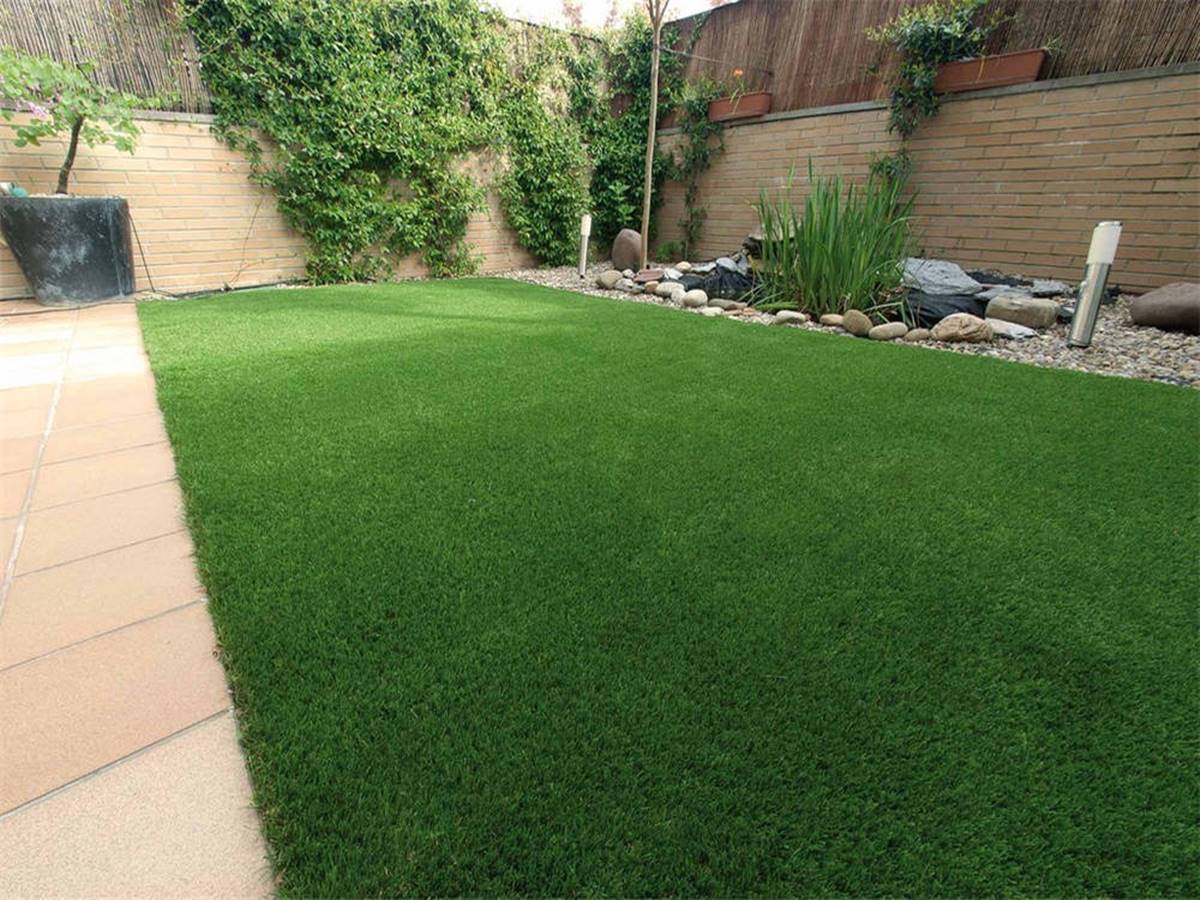
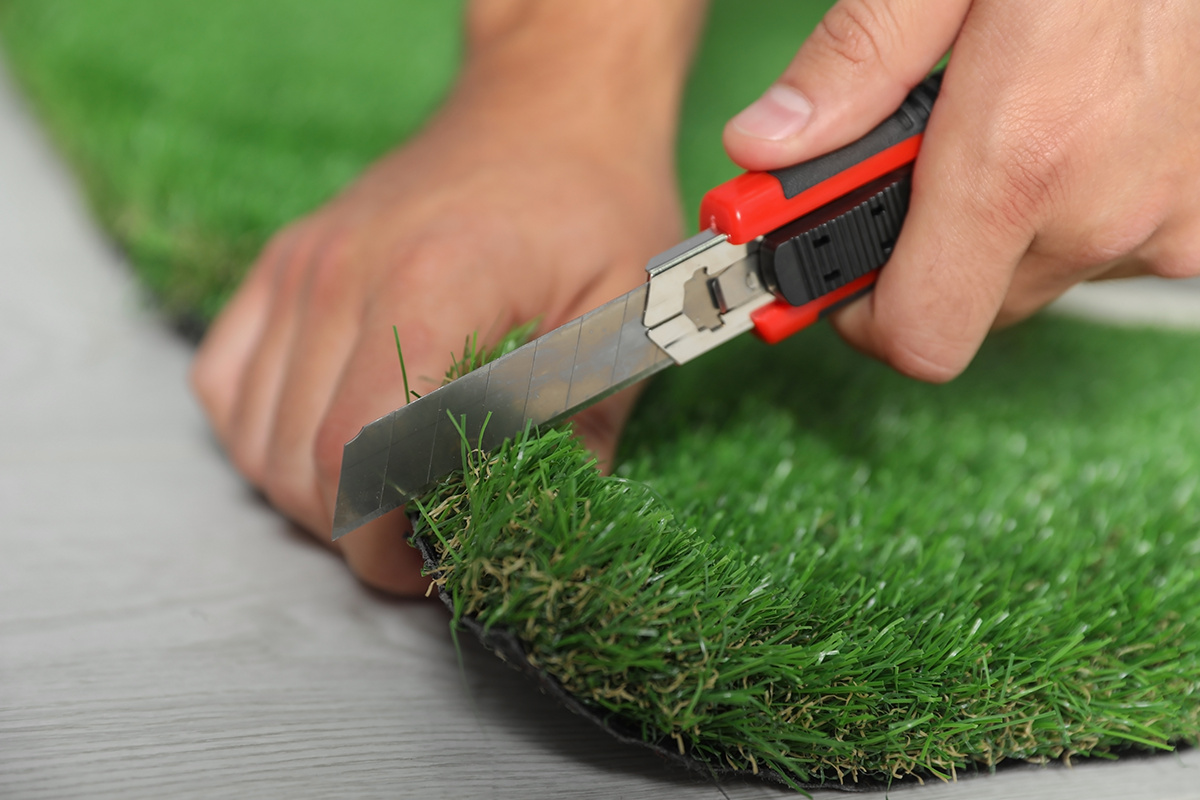
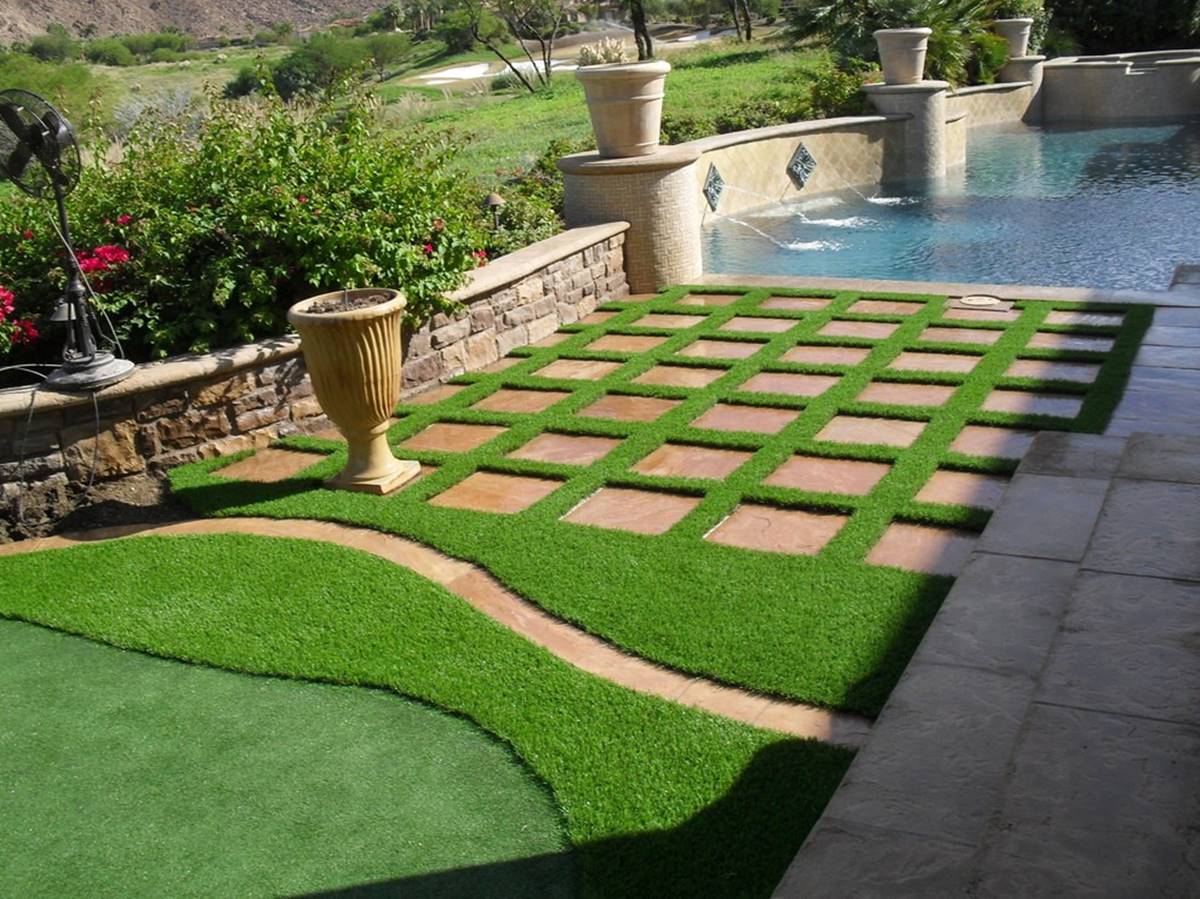
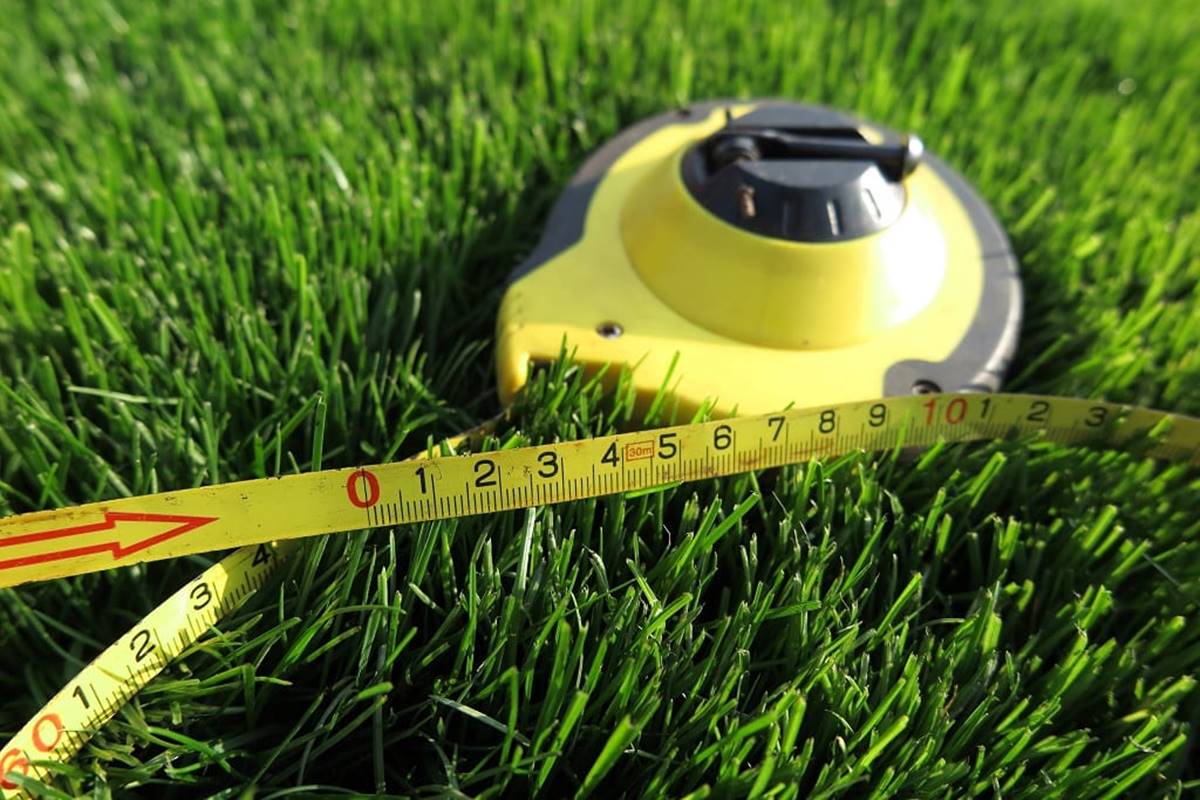
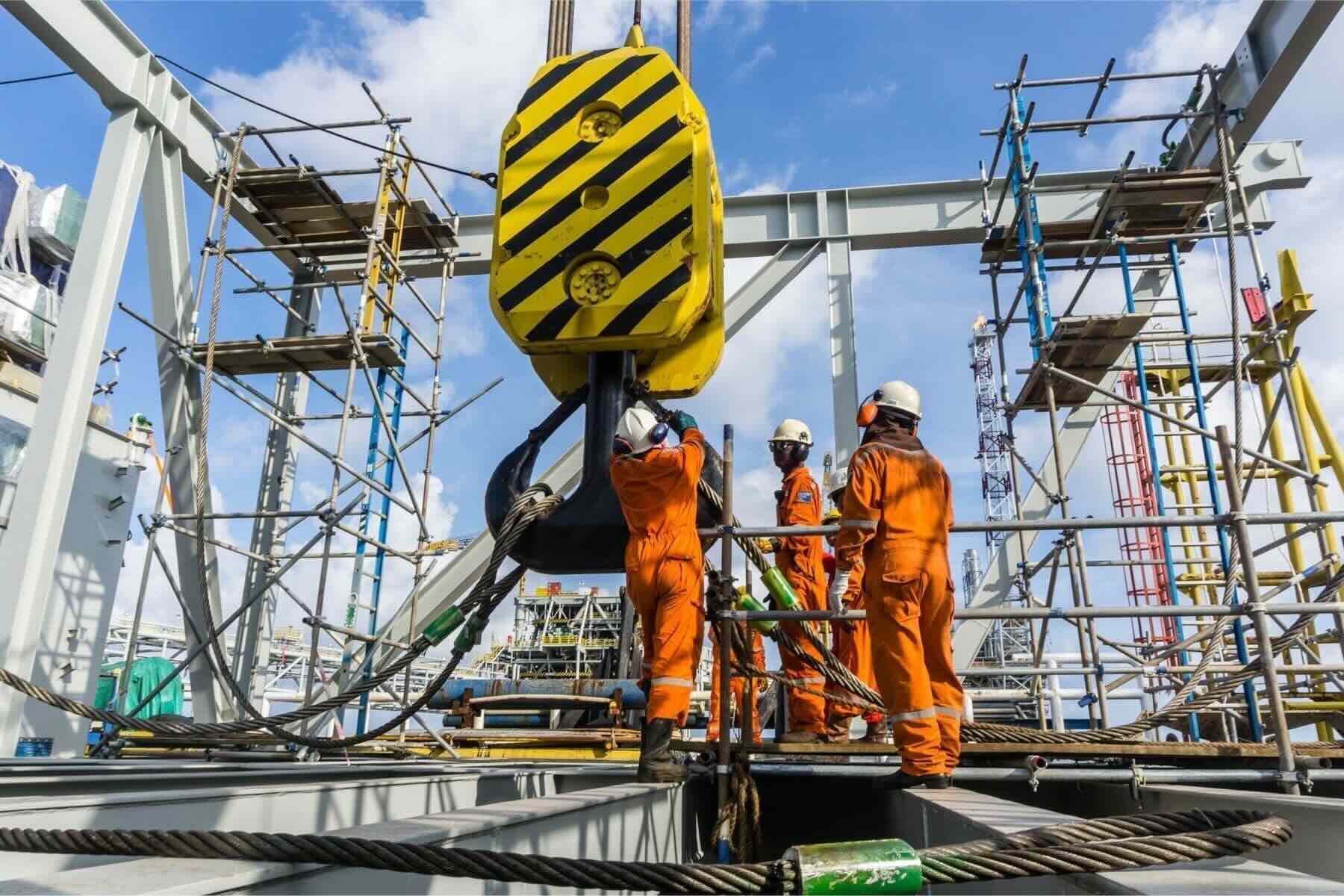
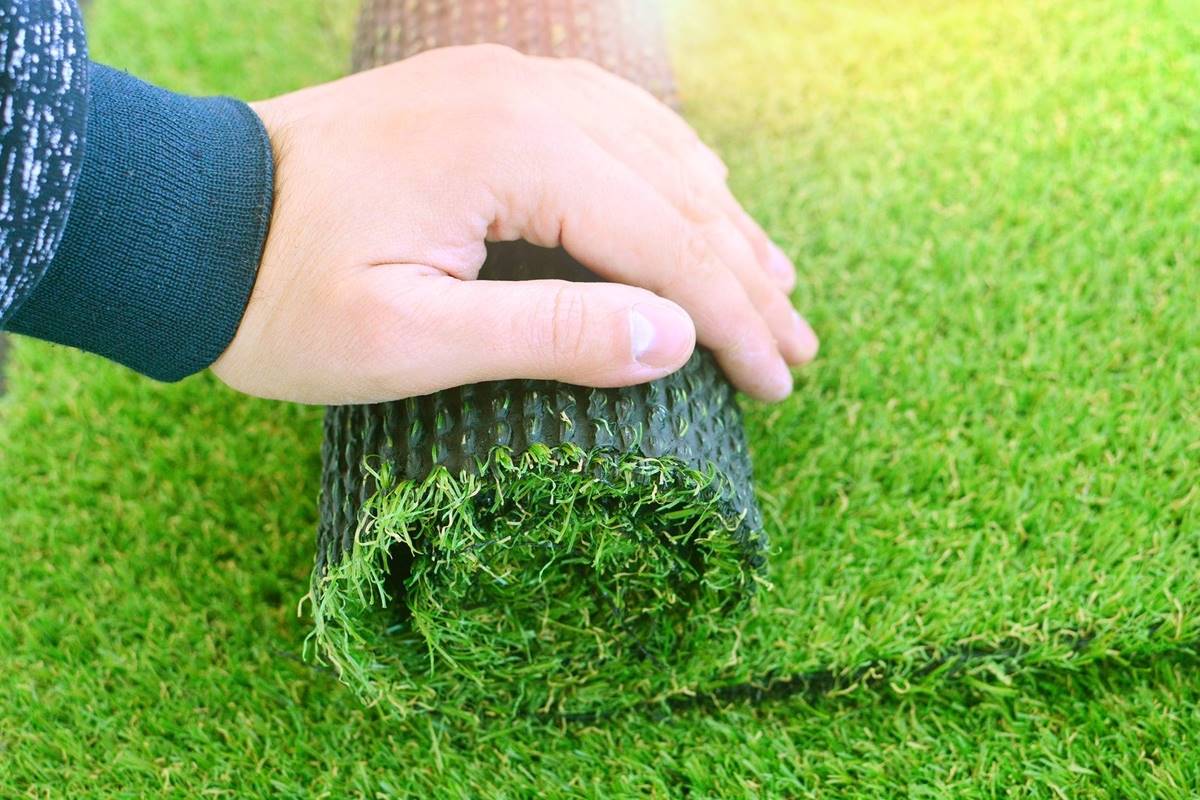
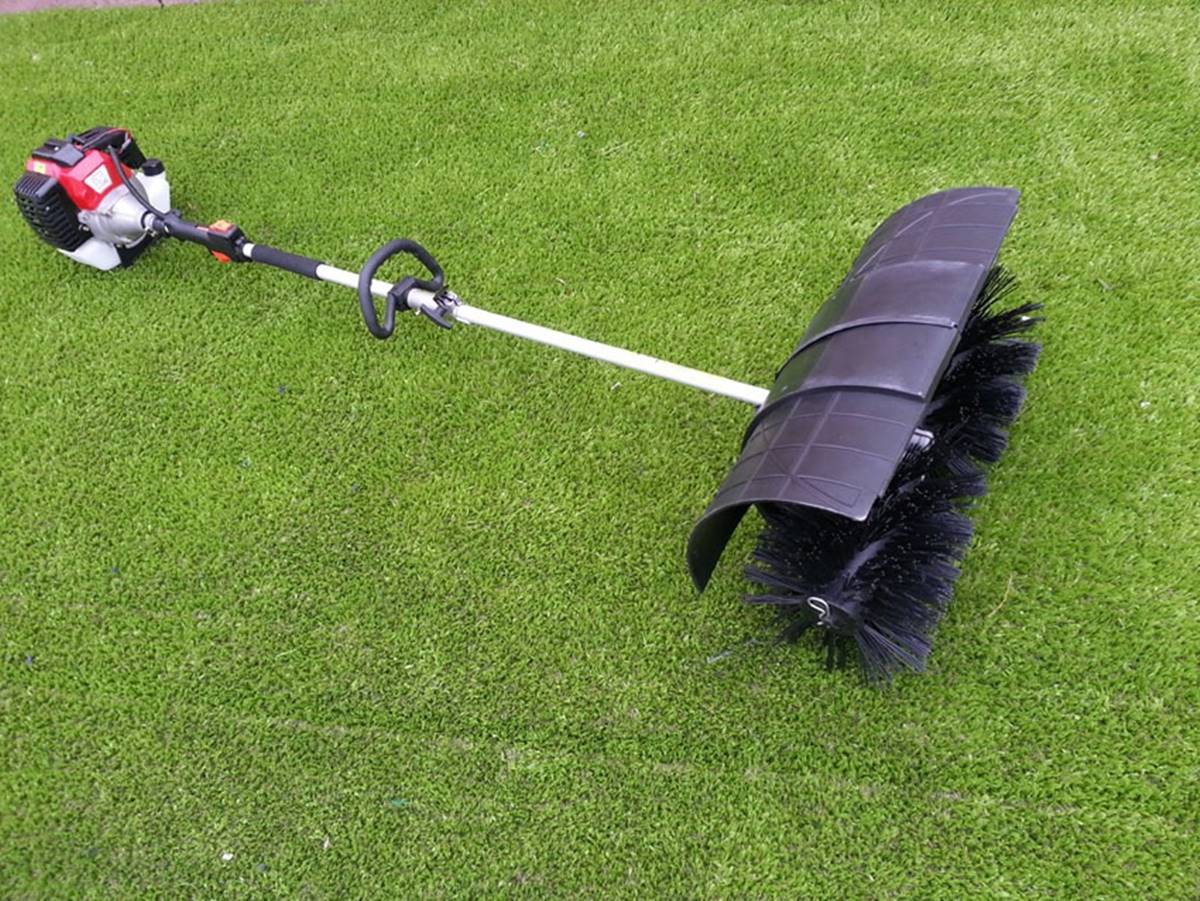
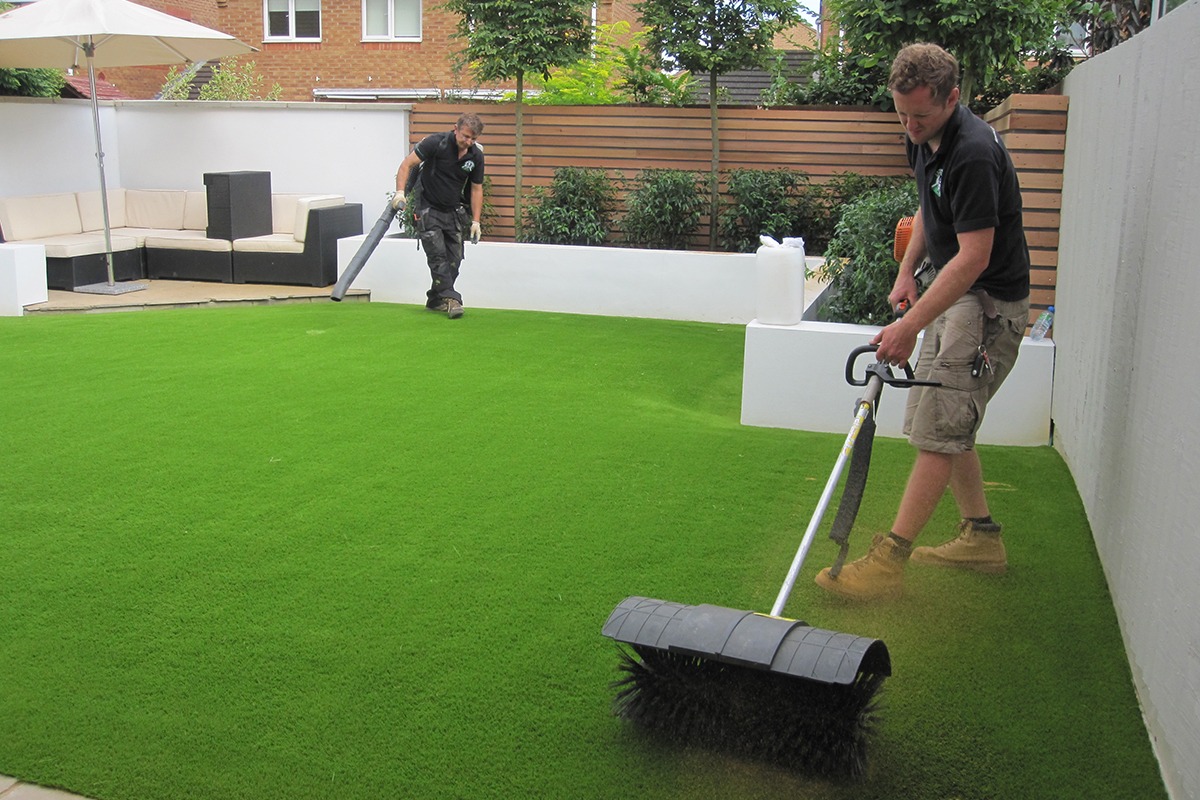
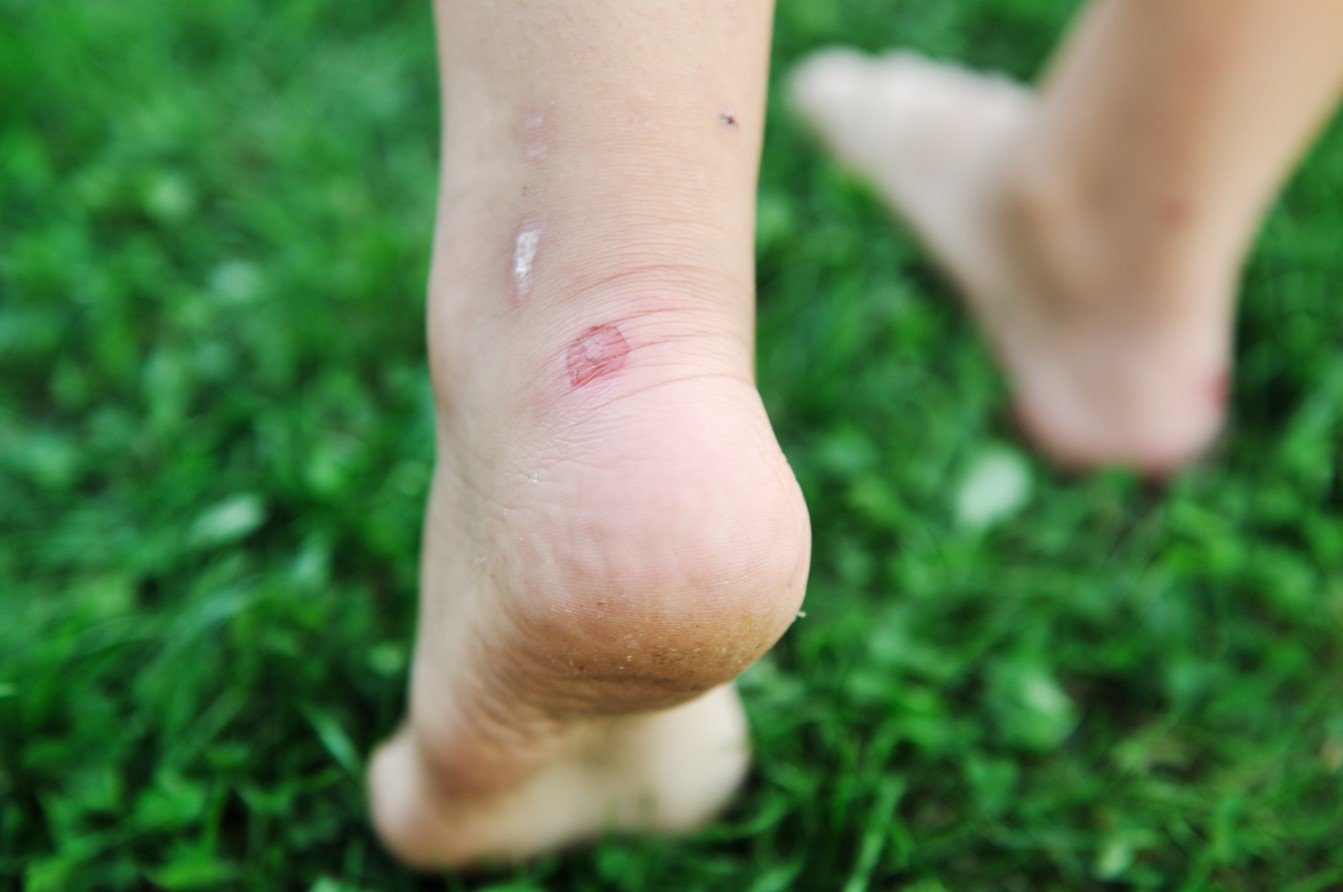
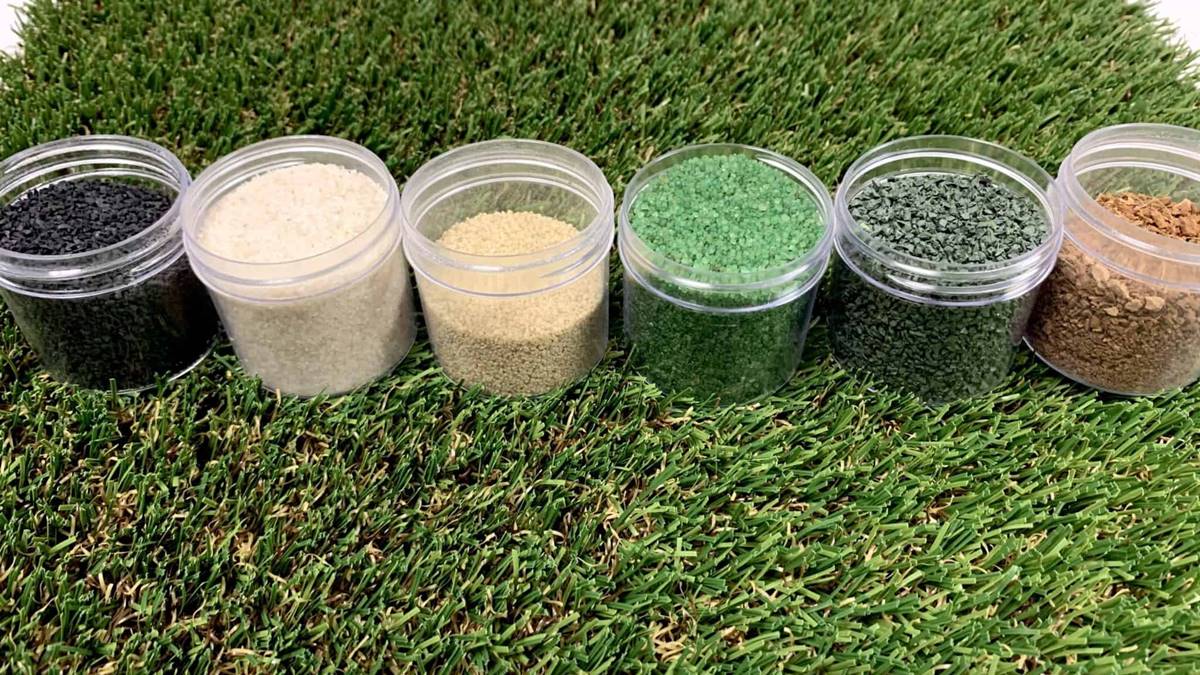
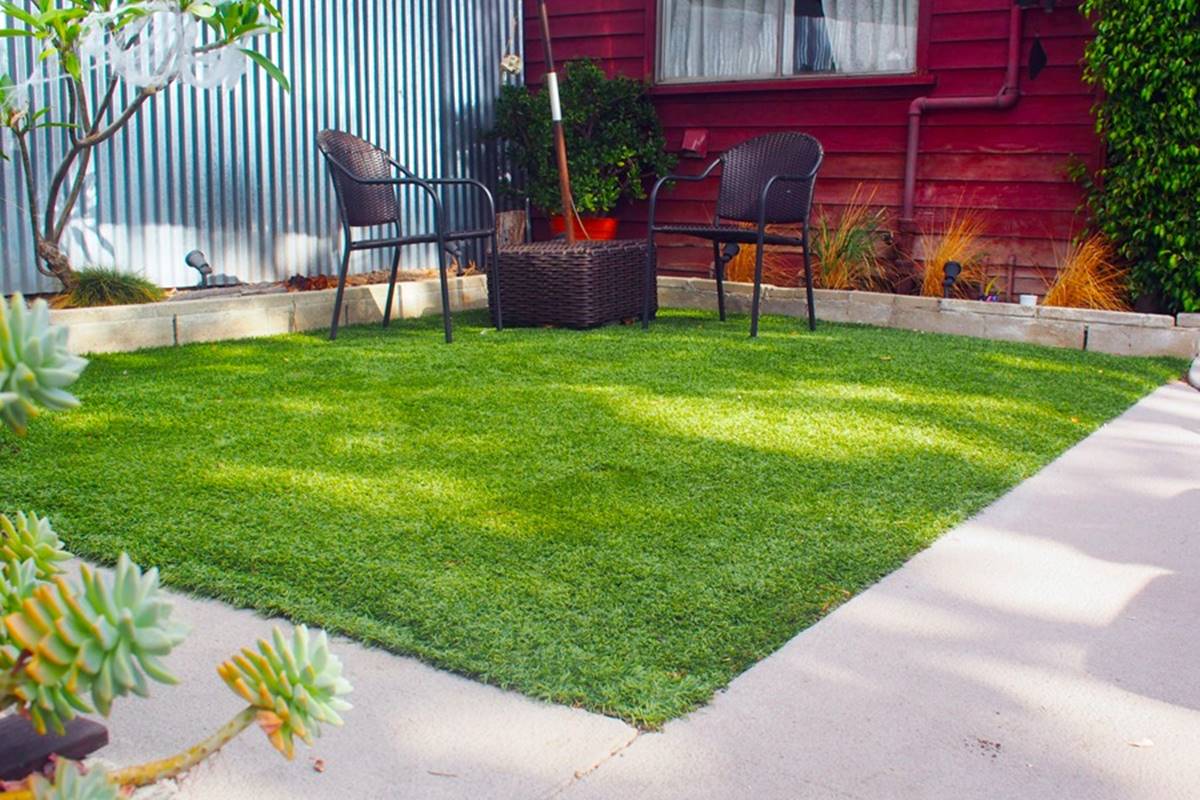

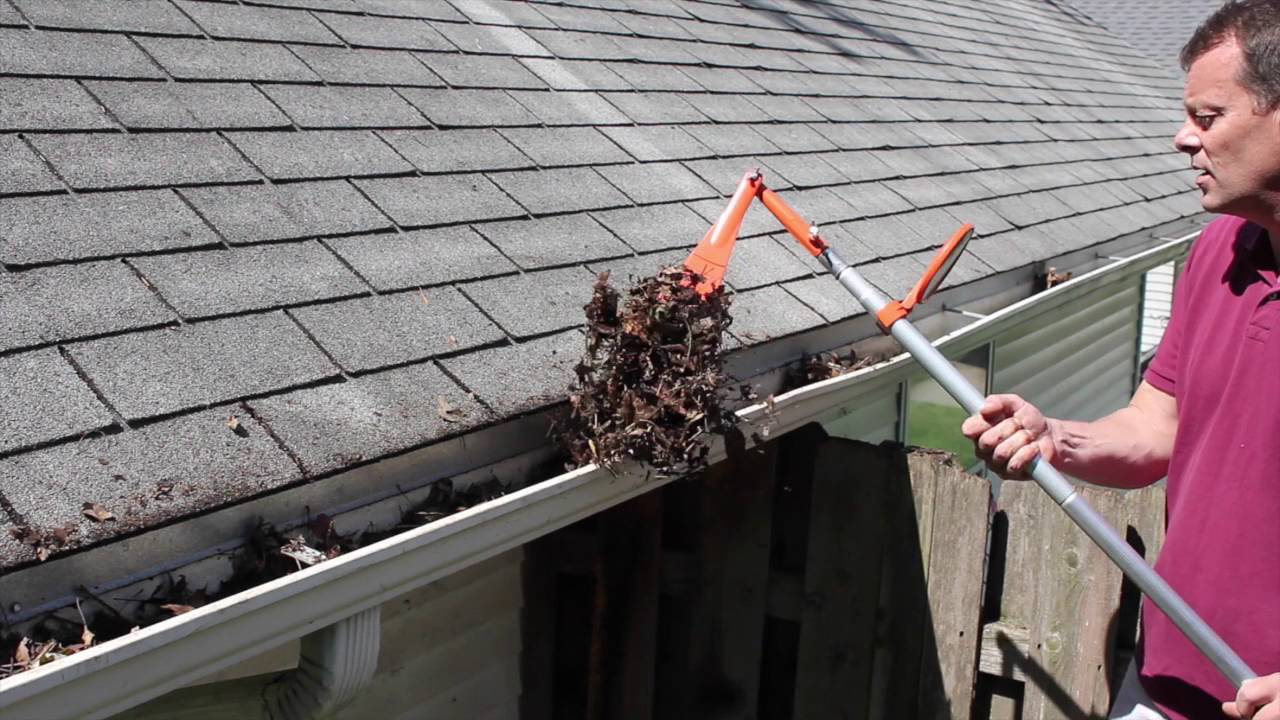

0 thoughts on “Why Should You Get Synthetic Grass”